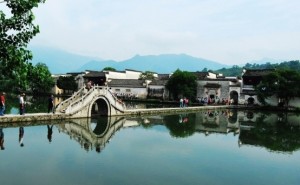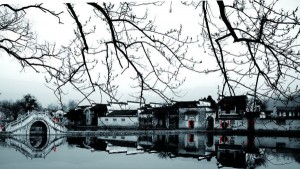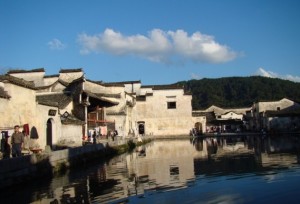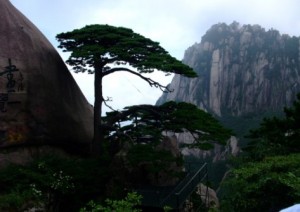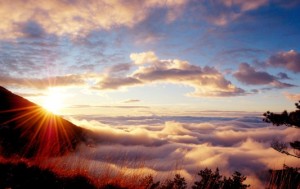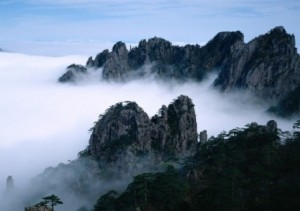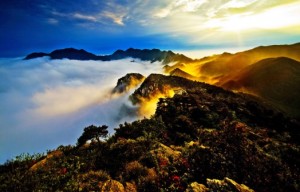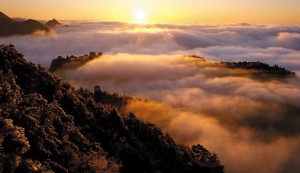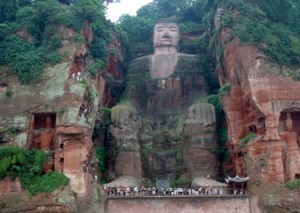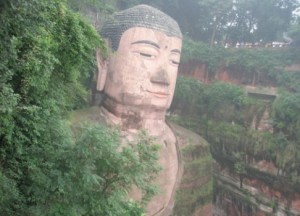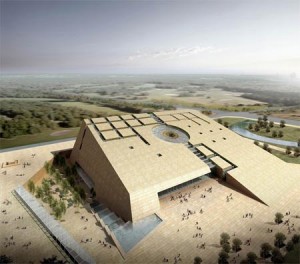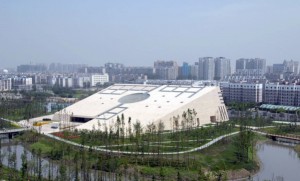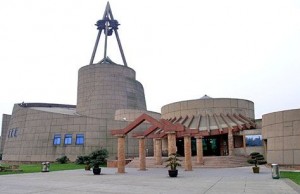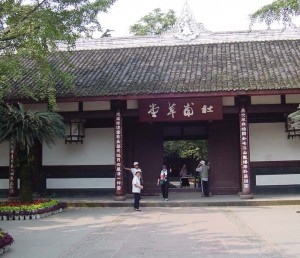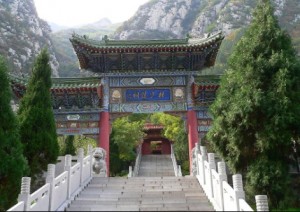Located in the northwest foot of the Yellow Mountain with 11 kilometers away from the Yixian County, the Hongcun Village is a peculiar ancient village in the ancient Yi peach garden showing as the cattle shape. Covering an area of 19.11 hectares, the Hongcun Village has a history of 900 years. The whole village was built relying on the mountains and along water, and the green mountains in its back is its protective screen to leave the village clear and refreshed topography and keep off the strong wind from the north side to make it avoid the danger of the strike of mountain torrents break out and also offer tourists ideal place to enjoy the fun of beautiful mountain scenery and fair spring sound.
Walking around the Hongcun Village, you can sense the spirituality of water in the village. Its high topography leaves the poetic scenery in front of you, which makes the Hongcun Village a combination of natural landscape and humanistic landscape, and it is honored as the village in the picture. The Hongcun Village features different scenery in different seasons, whose people, architecture and landscape are in harmony. People there feel like walking in the picture and the Hongcun Village is the shining example of the combination of human and nature.
The main architectures of the Hongcun Village are residences and private gardens, besides, there are also some other communal facilities such as Ancient Academy and ancestral halls, whose construction group is complete. All kinds of buildings pay attention to sculpture decoration including wood carving, tile carving, stone caving of exquisiteness and elegance full of high artistic value. The village streets mostly built along water and its dwellings are mainly distributed along and around the lunar palus. When have a travel there, just appreciate the unique ancient buildings there and enjoy its beauty!
Travel information: 1) Opening time: 24 hours; 2) Ticket price: 104 RMB/adult; 3) Duration: 1 day; 4) Best time to visit: March-April and November as you can appreciate large area of rape flower, and green hills and blue waters during March to April and view the beautiful red autumnal leaves in early November.
